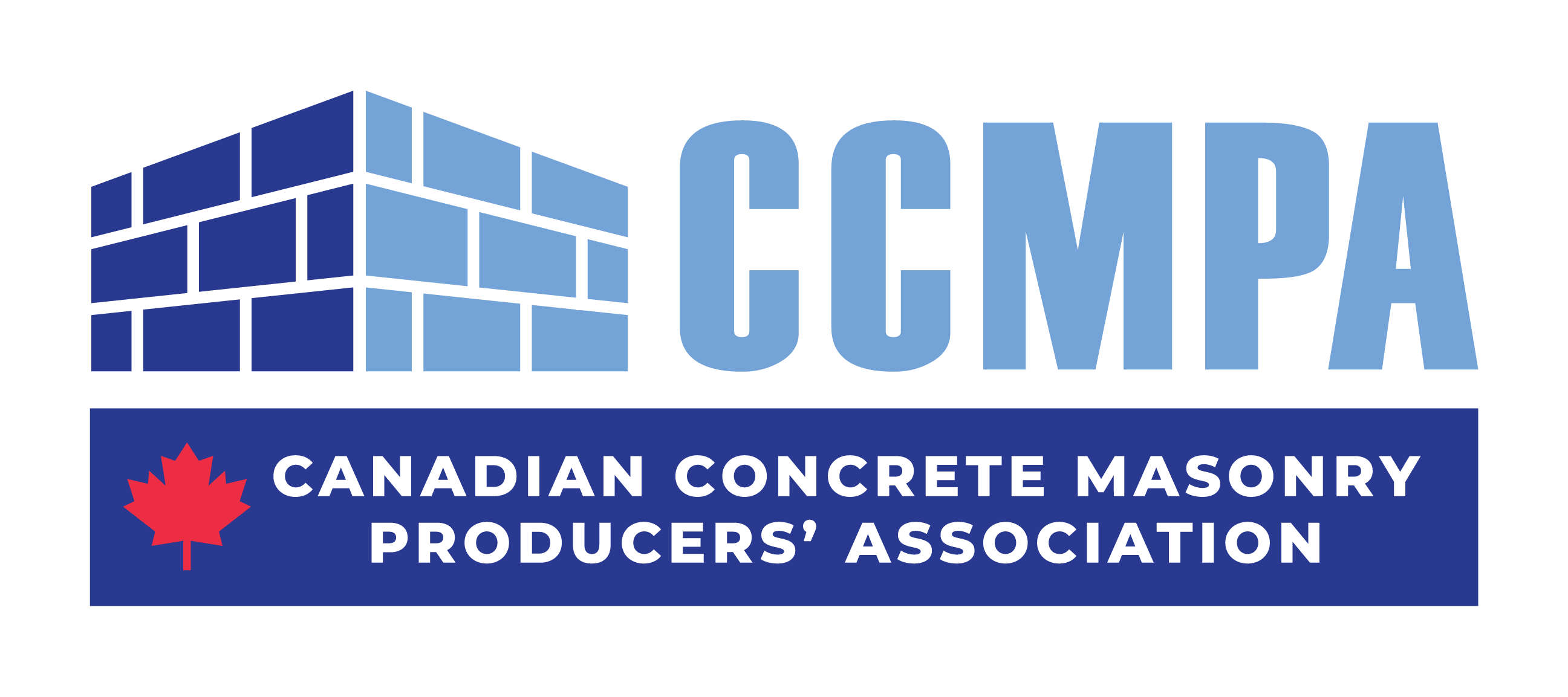Concrete Masonry & the LEED® Recycled Content Credit REPORT
Recently, the construction industry has seen an increased emphasis on sustainable design and building green by governments, design professionals and building owners. The concrete masonry industry must participate fully in this arena if it is to maintain and expand its position in today’s construction marketplace.
A measurement system is required if buildings are to be evaluated for their environmental performance. LEED (not LEEDS!) stands for “Leadership in Energy and Environmental Design”, and has become the dominant evaluation system in North America. It was developed in the U.S. and has been chosen for adaptation by the Canada Green Building Council (CaGBC). LEED Canada-NC 1.0 was issued in late 2004. Projects can be qualified as LEED Certified, Silver, Gold or Platinum based on the number of points achieved from a variety of credit categories.
The existing credits in LEED Canada cover most, but not all of the ways in which concrete masonry can contribute to sustainable design in buildings. “Recycled Content” is one of the key LEED credits for concrete products. The two opportunities for concrete masonry under this credit are the use of recycled materials as aggregate replacements and as cement alternatives.
However, by using the prescriptive requirements under the LEED Canada document, Concrete Masonry is effectively prevented from qualifying for this credit where cement alternatives are proposed for use. The requirements are based on ready-mix concrete mix design and manufacturing practices that do not adequately represent those of concrete masonry units. This document details an alternative means recognized by LEED Canada that may now be used by the producers of concrete masonry units to qualify for the credit with the use of cement alternatives.
Download the PDF for full information.



